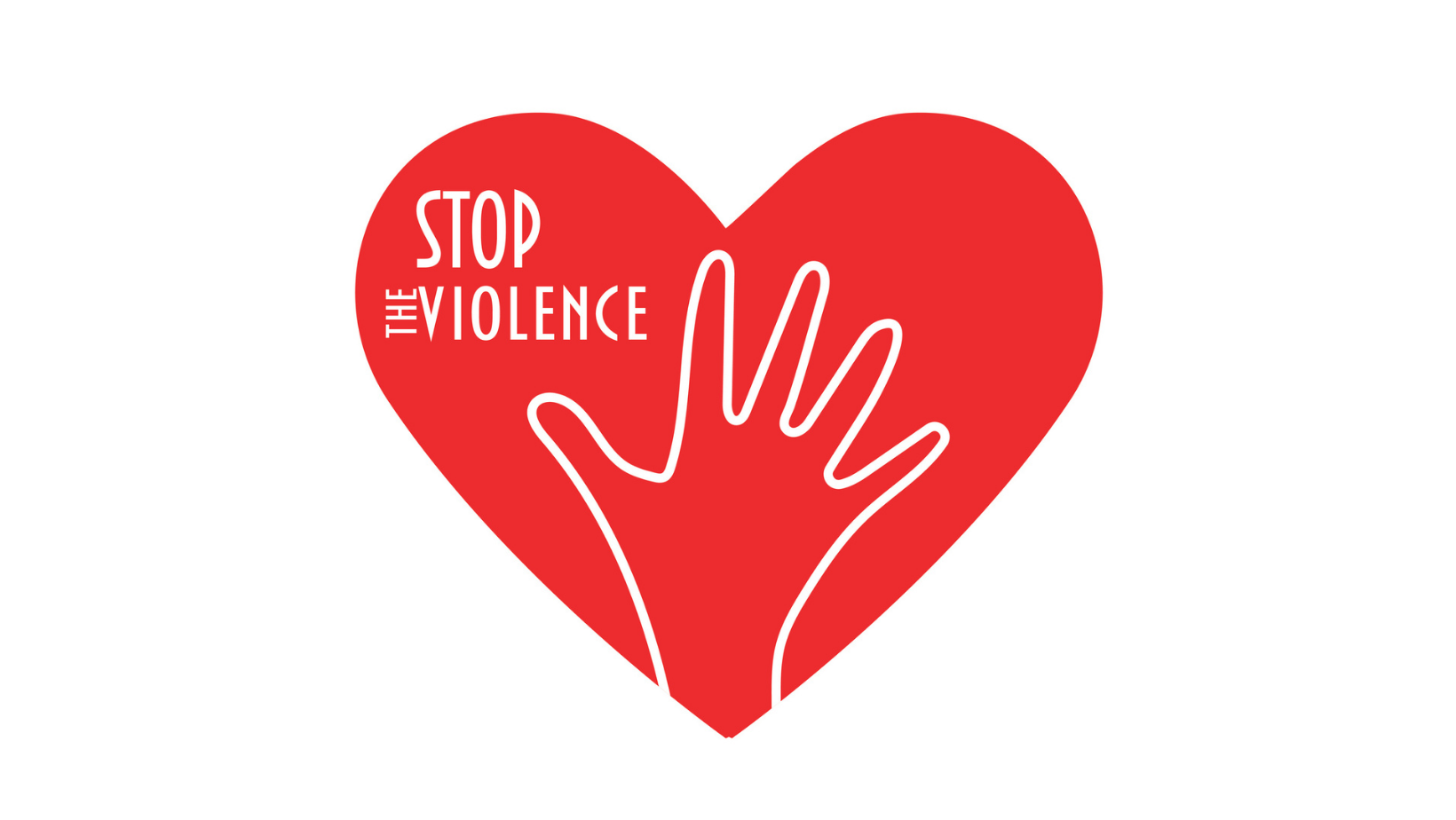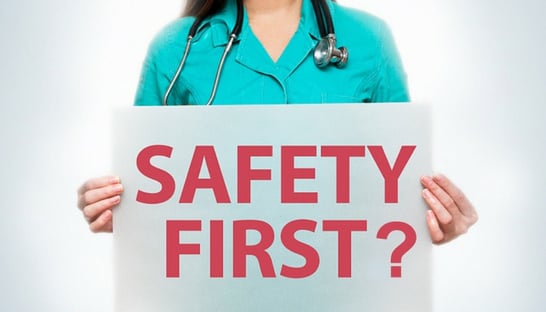Workplace violence is a serious growing concern. Hospitals must prioritize precautions and preparedness measures to mitigate the risk of violence against staff, patients, and visitors.
According to a report from National Nurses United, 81.6% of Nurses reported they have experienced workplace violence, with half stating they have seen instances of violence increase in the last year.
"As a result, Nurses are subjected to multiple impacts of workplace violence, including physical and mental injury," the report summary states. "Injuries, including both physical and non-physical, can result in long-term physical and mental harm, resulting in RNs requiring medical care, taking time off work, and/or considering leaving their jobs or profession altogether."
In total, 60% of Nurses say workplace violence has led them to change jobs, leave jobs or at least consider leaving the job or even the profession entirely, according to the report.
Specifically, Nurses reported the following experiences to NNU:
- Verbally threatened 67.8%
- Physically threatened 38.7%
- Pinched or scratched 37.3%
- Slapped, punched, or kicked 36.2%
- Objects thrown at you 34.6%
- Verbally harassed based on your sex or appearance 33.3%
- Spat on or exposed to other bodily fluids 29.9%
- Groped or touched inappropriate 19.8%
Around 18% noted they have not experienced workplace violence at all.
Here are several strategies hospitals are implementing to address workplace violence:Policy Development
Create explicit guidelines and protocols to prevent and address incidents of workplace violence. These policies should clearly state a strong stance against violence, provide mechanisms for reporting, and establish repercussions for those responsible.
Training and Education
Ensure all staff members receive extensive training on identifying potential warning signs of violence, mastering de-escalation techniques, and effectively responding to emergency situations. It is crucial to conduct regular refresher courses to keep everyone up-to-date and well-prepared.
Risk Assessment
Perform comprehensive risk assessments to identify areas of susceptibility within the hospital, including emergency departments, psychiatric units, and waiting rooms. Implement focused interventions in areas with higher risk levels.
Physical Security Measures
Enhance the overall physical security of the facility by implementing advanced security measures, including installation of state-of-the-art security cameras, panic buttons, access control systems, and ensuring optimal lighting conditions. Restrict access to sensitive areas and establish robust visitor screening protocols to further fortify the security of the premises.
Staffing and Staff Support
To prevent overwork and fatigue, which can exacerbate tense situations, it is essential to maintain adequate staffing levels. Offering support services such as counseling and employee assistance programs can greatly assist staff in managing stress and trauma effectively.
Personal Protective Equipment (PPE)
Provide staff with the necessary personal protective equipment (PPE) to ensure their safety in potentially volatile situations. This includes equipping them with duress alarms or protective gear, allowing them to feel secure and protected.
De-escalation Techniques
Train all staff in effective de-escalation techniques to diffuse tense situations before they have a chance to escalate into acts of violence. Encourage staff to employ the power of verbal communication and non-confrontational body language to soothe and calm individuals who may be feeling agitated.
Collaboration with Law Enforcement
Establish partnerships with local law enforcement agencies to enhance security measures and coordinate responses to violent incidents. If you don’t have any security staff at your place of work, consider hiring your own security staff or hire them from a security firm.
Incident Reporting and Investigation
Promote a culture of prompt incident reporting and thorough investigations to gain insight into the underlying causes of violence. Utilize incident data as a valuable resource to shape effective prevention strategies.
Emergency Preparedness
Establish comprehensive emergency response plans that clearly outline protocols for safely evacuating both staff and patients in the event of violent incidents. Regularly conduct drills and simulations to assess the efficacy and readiness of these plans, ensuring all personnel are well-prepared to handle any potential emergency situations.
Post-Incident Support
Extend support and provide a wide range of resources to staff, patients, and visitors who have been impacted by workplace violence. Make available professional counseling services, essential medical care, and follow-up assistance fit for their individual needs.
By implementing these precautions and preparedness measures, hospitals can begin to create safer environments for their staff, patients, and visitors while effectively managing the risk of workplace violence.



 As a Nurse, you consider many factors when choosing where you want to work. Safety should be at the top of your list of considerations.
As a Nurse, you consider many factors when choosing where you want to work. Safety should be at the top of your list of considerations. Violence against healthcare workers is more common than most people realize. The environment of a healthcare institution can create high levels of stress for patients, their loved ones, and staff. Fear and illness are major
Violence against healthcare workers is more common than most people realize. The environment of a healthcare institution can create high levels of stress for patients, their loved ones, and staff. Fear and illness are major  The need for in-home care has grown since COVID-19 because many fear contracting the virus in hospitals and clinics, especially among the elderly population.
The need for in-home care has grown since COVID-19 because many fear contracting the virus in hospitals and clinics, especially among the elderly population.
 Nurses are a constant presence at the bedside and regularly interact with physicians, pharmacists, families, and all other members of the health care team but, physicians may spend only 30 to 45 minutes a day with even a critically ill hospitalized patient. This means Nurses have the critical role in ensuring a patient's safety.
Nurses are a constant presence at the bedside and regularly interact with physicians, pharmacists, families, and all other members of the health care team but, physicians may spend only 30 to 45 minutes a day with even a critically ill hospitalized patient. This means Nurses have the critical role in ensuring a patient's safety.